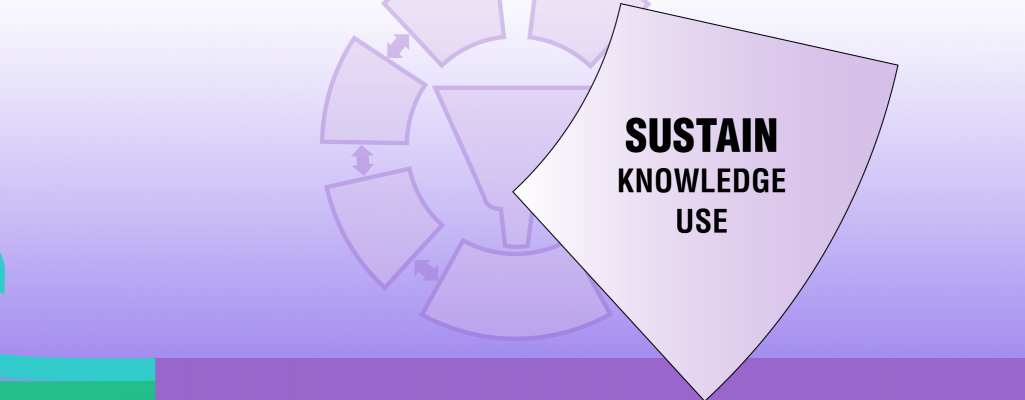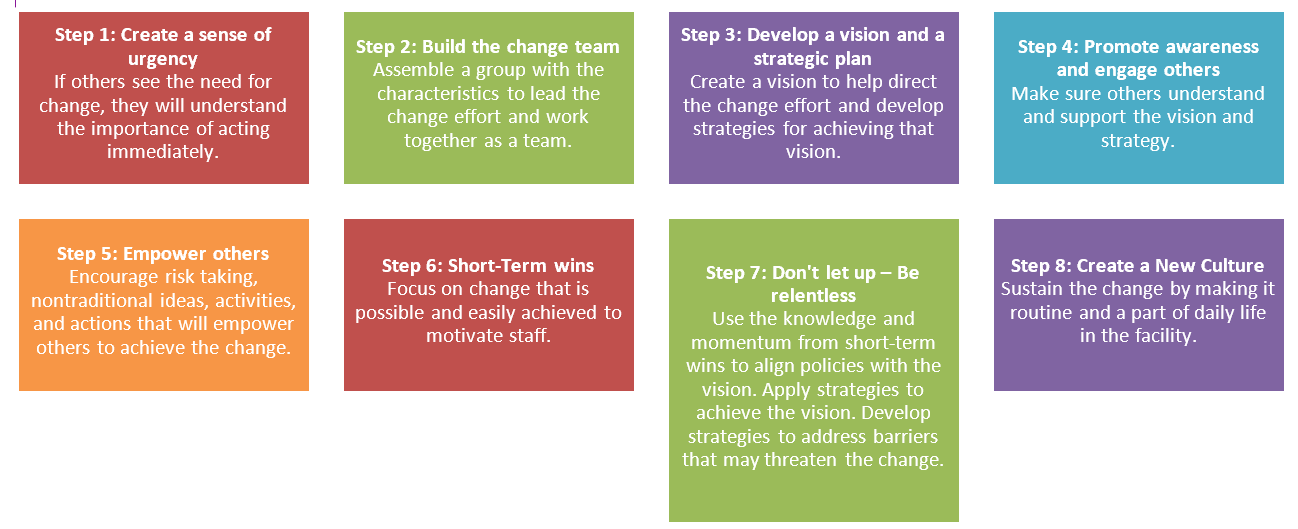
By planning early and thinking long-term, your facility can develop a plan that considers not only the resources needed to implement a project but also ways to sustain the project in case there are challenges such as discontinued funding or staff departures. Planning early helps the team think about how it will sustain its goal despite changes such as resource shortages in the future.
Use this worksheet to brainstorm with your team about your sustainability goals for the practice change, and how to realize these goals.



